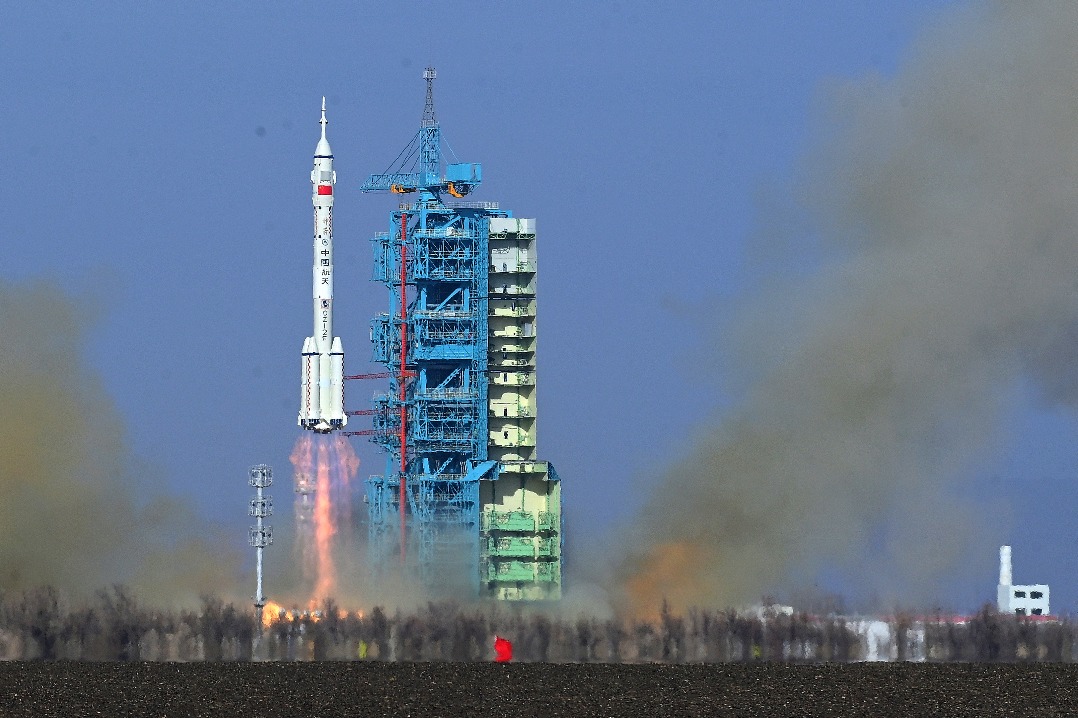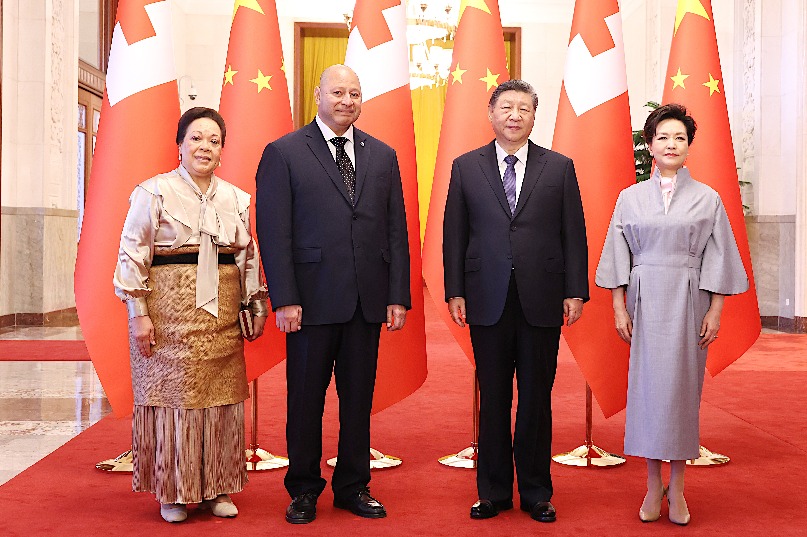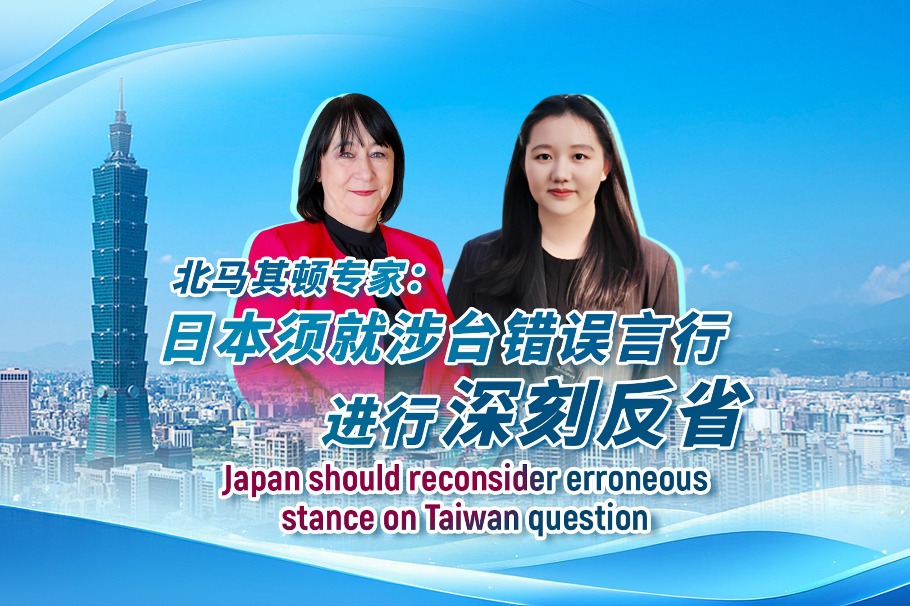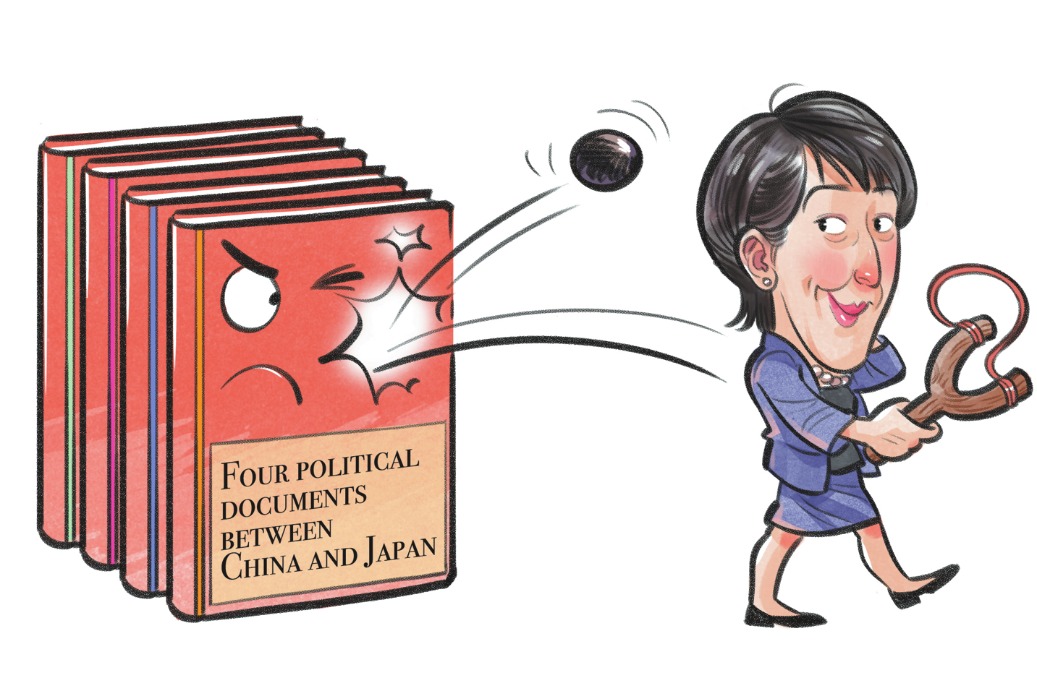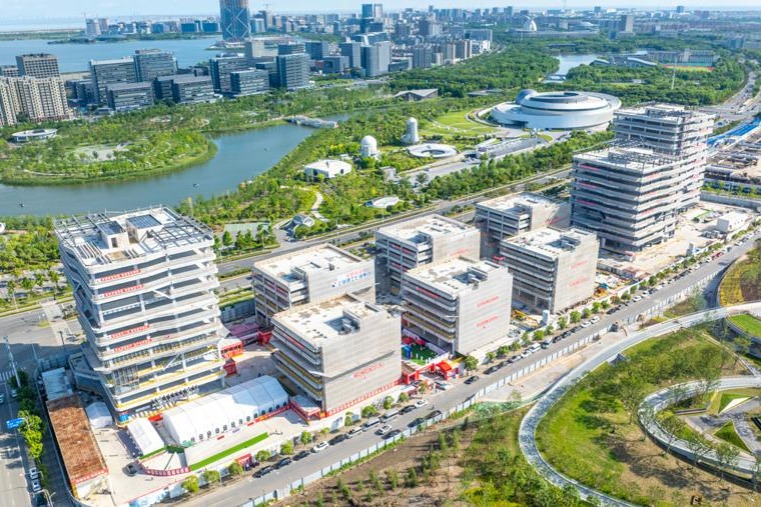Facing unilateralism


The past 10 years of China-Mexico comprehensive strategic partnership have demonstrated that it is possible to synergize development
This year marks the 10th anniversary of the Belt and Road Initiative, an important policy and a convincing action proposed by China for maintaining the pace of globalization from a multilateral approach. It also marks the 10th anniversary of China-Mexico comprehensive strategic partnership, and with this an opportunity is offered for thinking about the potential and roles of Mexico and China in promoting their own development, as well as global development.
Both China and Mexico are regional powers that share a preference for multilateralism. Within the traditional United Nations architecture, they both promoted the Charter of Economic Rights and Duties of States in the 1970s, rescuing in fact much of the G77 demands about a more just economic international order. Given that the current global situation exceeds some of the UN's capacities for managing economic globalization, China and Mexico have joined multilateral schemes to continue the globalization process.
For example, in 2009 China co-founded the BRICS forum, and in 2011 joined the negotiations that would evolve in the Regional Comprehensive Economic Partnership. In 2011, Mexico joined the Pacific Alliance, in 2013 it co-founded the MIKTA group, and in 2018 signed the Comprehensive and Progressive Agreement for Trans-Pacific Partnership.
In the G20, China and Mexico have advocated equitable development for countries less favored by globalization. At the G20 summit in New Delhi, India, on Sept 9 and 10, Premier Li Qiang noted that the most urgent issue at present is development, and that the G20 countries should put development at the center of macro-policy coordination. Similarly, the Mexican representative and head of the Secretary of Economy, Raquel Buenrostro, emphasized the countries' sovereign right to use their own natural resources for development.
Both countries concurred that the G20 should adhere to the original aspiration of solidarity and cooperation, and that it is necessary to strengthen the multilateral system as the only form to face global challenges. Needless to say that these political positions are in line with one of the main objectives of the comprehensive strategic partnership, that of improving multilateral coordination based on their common interests and responsibilities on major international issues.
China and Mexico have fulfilled the main goals of their comprehensive strategic partnership. For instance, both countries have maintained the strategic and long-term nature of their relations via several permanent bilateral mechanisms, such as the Permanent Binational Commission (along with its several working groups), the Mechanism of Bilateral Political Consultations, the Mechanism of Bilateral Consultations about Multilateral Themes, and the Forum of Parliamentary Dialogue. China and Mexico also have improved mutual political trust due to these bilateral institutional efforts, but also because they have updated the terms of their bilateral relations in order to adapt to new international tendencies; in 2019 China and Mexico signed a roadmap to orient their comprehensive relation until 2024.In this sense, it is important to note China's support to Mexico in dealing with political pressures from the United States around the fentanyl issue.
The comprehensive strategic partnership set the goals of improving practical cooperation in accordance with their development strategies, as well as procuring a trade balance by supporting the increase of Mexican exports to China, and through the creation of favorable conditions for Chinese investors. According to Data Mexico of the Mexican government, bilateral trade reached $128.7 billion in 2022, not only recovering from the setback inflicted by the COVID-19 pandemic, but gaining new impulse through economic complementarity.
In the 10 years since the establishment of the comprehensive strategic partnership, Mexican exports to China almost doubled, increasing from $6.17 billion in 2013 to $10.7 billion in 2022. In the period of January to March 2023, Chinese foreign direct investment to Mexico broke a record by pouring $407 million, mostly in equity capital, with investments from 1,289 Chinese companies.
A big amount of the Chinese investment in Mexico is related to nearshoring, in which both countries have managed to adapt their bilateral economic relations to new and unilateral rules imposed by the United States. Precisely, in the first quarter of this year, 100 new Chinese firms arrived in Mexico and acquired 5 million square meters of industrial warehouses for trade purposes.
Thus, these past 10 years of the China-Mexico comprehensive strategic partnership have demonstrated that it is possible to successfully face unilateralism. China and Mexico have created an economic and political synergy that is characterized by their commitment to their own development as well as to global development, to true multilateralism, and to maintain trade and productivity links conducive to the promotion of economic globalization. No doubt the challenge ahead is to sustain this win-win cooperation for preserving achieved aspirations and to extend their partnership to new horizons.
The author is an associate professor and researcher of the Politics and Culture Department at the Metropolitan Autonomous University and chair of the Mexican Eurasia Studies Group. The author contributed this article to China Watch, a think tank powered by China Daily. The views do not necessarily reflect those of China Daily.
Contact the editor at editor@chinawatch.cn.
















